How to Dry Flowers
Drying flowers is a great way to preserve your flower bouquet and the memories that came with it. Before you start, here's some things to consider before drying your flowers:
- Blooms with a high water content, such as lilies, are not suitable for drying
- Flowers in full blooms are more likely to lose their petals when drying, so we suggest starting the drying process once the flowers have opened up but have not yet fully bloomed.
- Some flower colours dry with more vibrancy than others do. Orange & yellow flowers dry with the most vibrancy, while purple and blue flowers can dry dark - consider this if using dried flowers in decorations.
- It is possible to dry whole flowers including their stems, with sunflowers being a great choice.
How to Air Dry Flowers
Flowers Suitable for Air Drying
Most flowers which we feature in our bouquets are suitable for air drying. Our favourite flowers to air dry include:
Agapanthus - Eryngium - Chrysanthemum - Carnations - Freesia - Gladiolus - Gypsophila - Gerbera - Peony - Hydrangea - Sunflower - Iris - Lavender - Statice Marigold - Veronica
What you'll need to air dry flowers:
-
Flowers (we suggest choose a mixture of your favourites from your bouquet, or the same stems)
-
Elastic Band
-
Suitable location to hang the flowers
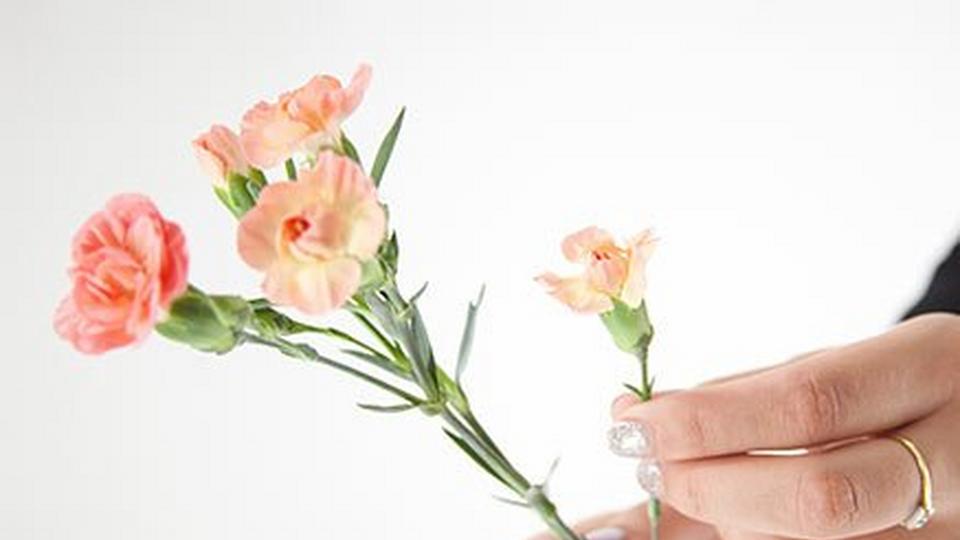
Step One
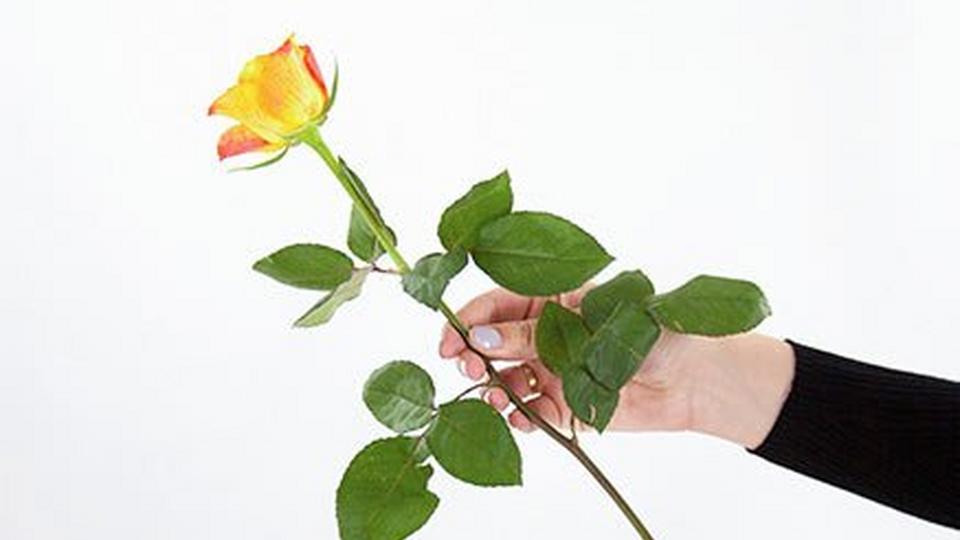
Step Two
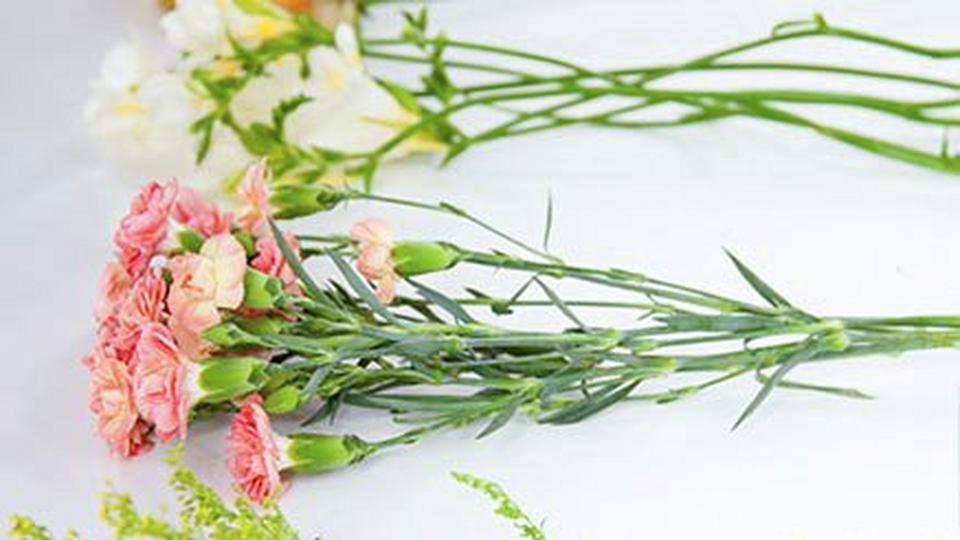
Step Three
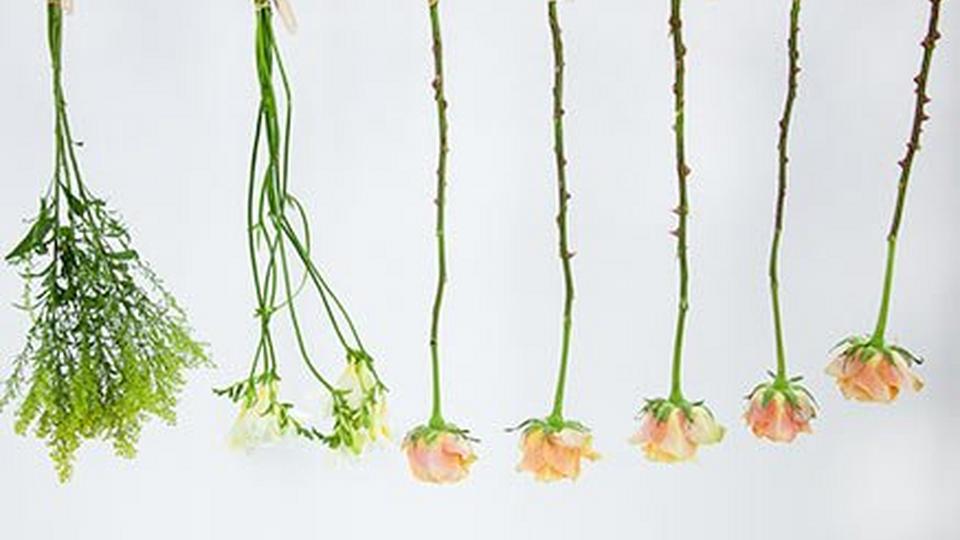
Step Four
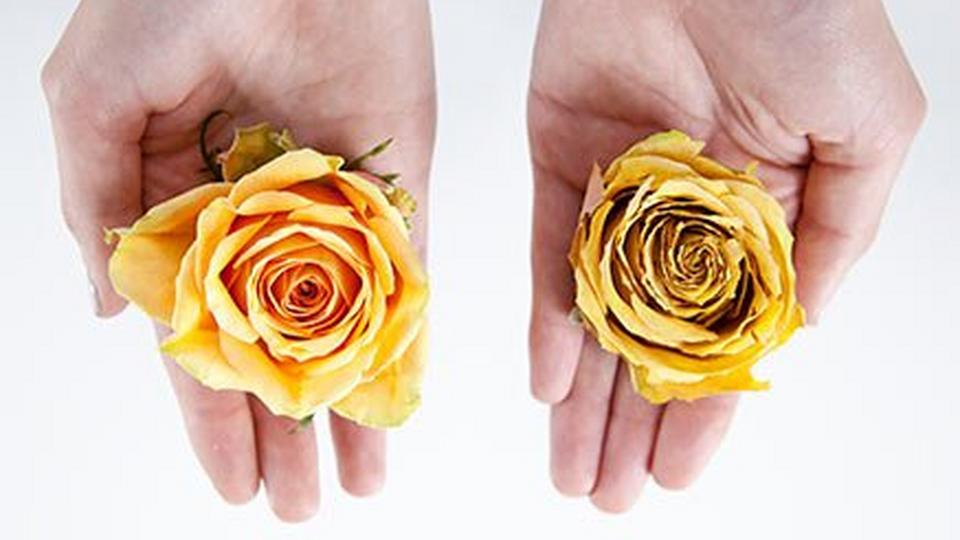
Step Five
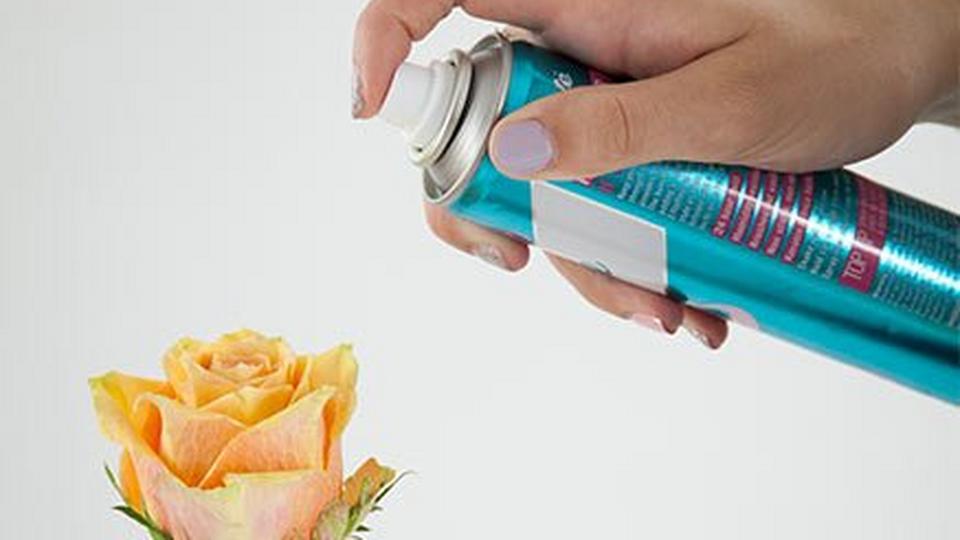
Step Six
Tip:If you notice little progress after the first couple of weeks, try hanging in another area of the house that has better circulation during the day.
How to Give Dried Flowers Shape
You can curve flower stems before drying to create a fun effect. All you need is some florist wire, which you simply twist around the stem and make the shape you like. Hang the flowers in the same way with the wire attached and allow to dry.
How to Dry Flowers with Silica Gel
Flowers Suitable for Drying With Silica Gel
Most flowers suitable for air drying an have the silica gel drying method applied to them, as the silica gel just helps to speed up the process.
What you'll need to dry flowers with silica gel:
- Your chosen flowers
- Silica Gel sachets (we suggest ones which have a grain size no bigger than 1mm for optimum drying.)
- An airtight container
- Small cleaning brush
- Toothpick
- Cup
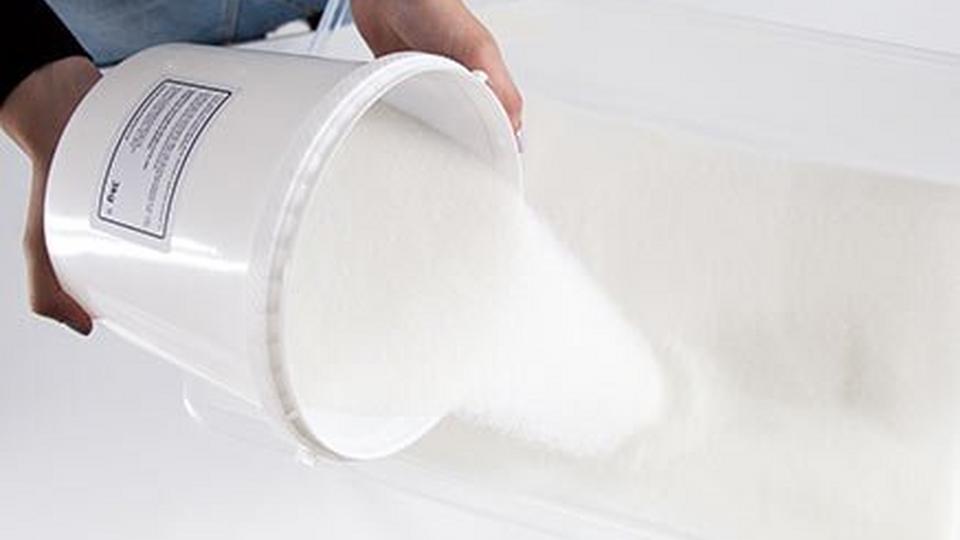
Step One
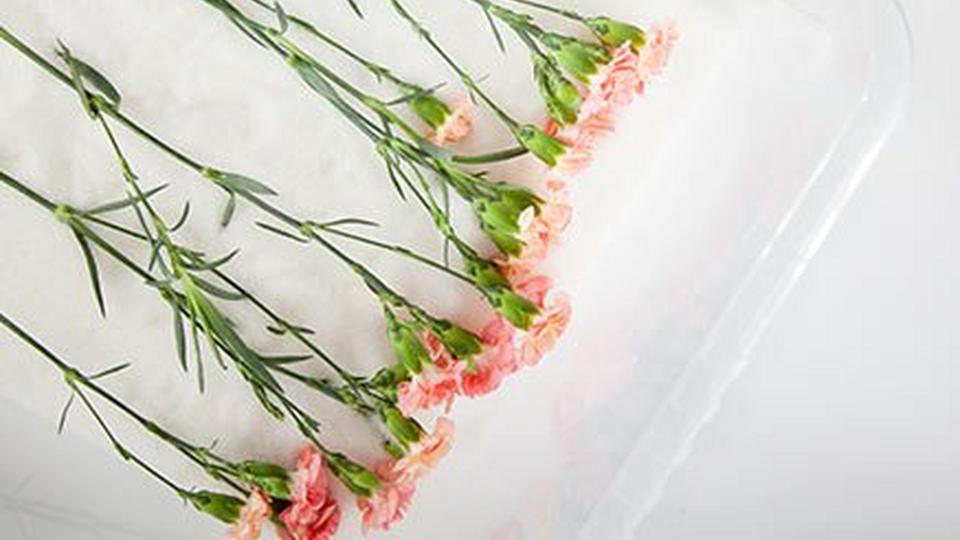
Step Two
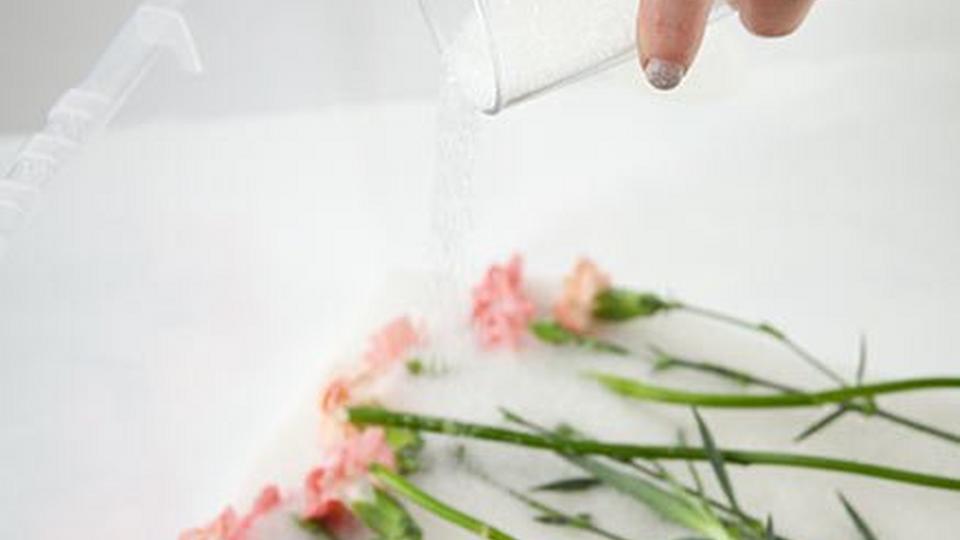
Step Three
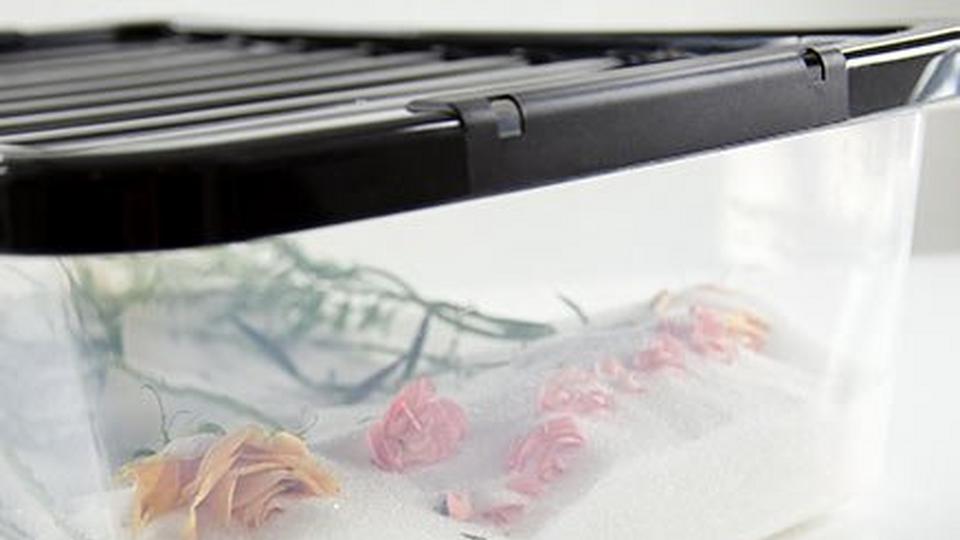
Step Four
Tip: If you notice that petals have bent or misshapen after covering, use a toothpick to rearrange them, as they will dry in whatever shape they now lie in.
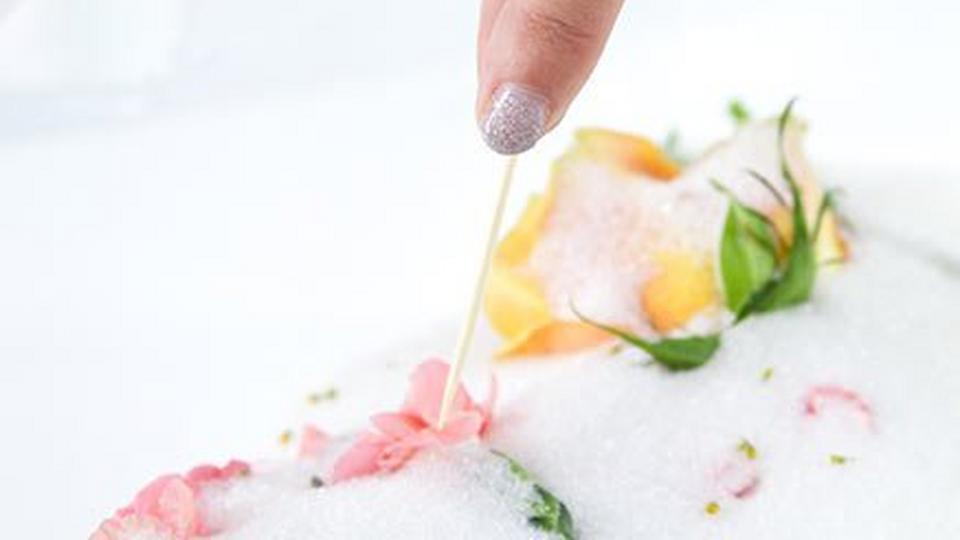
Step Five
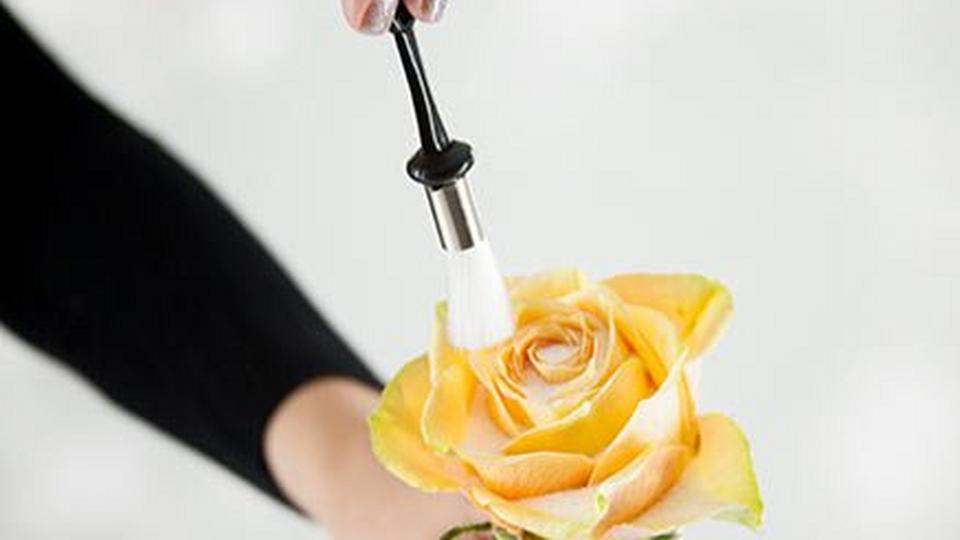
Step Six
Tip: Over drying can cause flowers to become brittle and break very easily.
HOW TO DRY FLOWERS QUICKLY WITH A MICROWAVE
Flowers Suitable for Microwave Drying
As a rule, microwave drying does not work well on stems with thick petals. So flowers with multiple thin petals are ideal, such as:
Agapanthus - Dahlia - Anemone - Eryngium - Clematis - Freesia - Carnation - Forsythia - Chrysanthemum - Daffodil - Gladiolus - Gypsophila - Gerbera - Peony Hydrangea - Sunflower - Iris - Solidago - Lavender - Statice - Marigold - Tulip - Pansy - Veronica
What you'll need to dry flowers in the microwave:
- Your chosen flowers
- Silica Gel
- Microwavable container
- Microwave
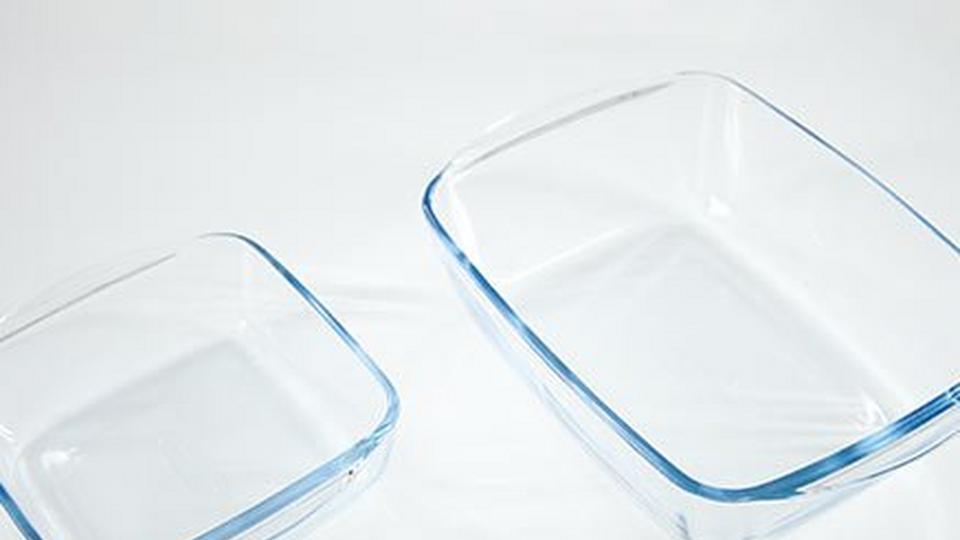
Step One
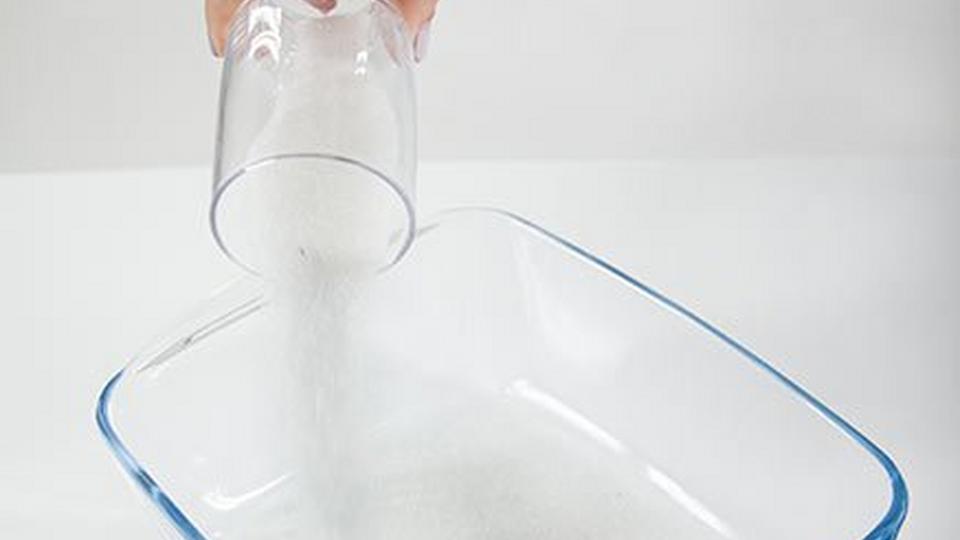
Step Two
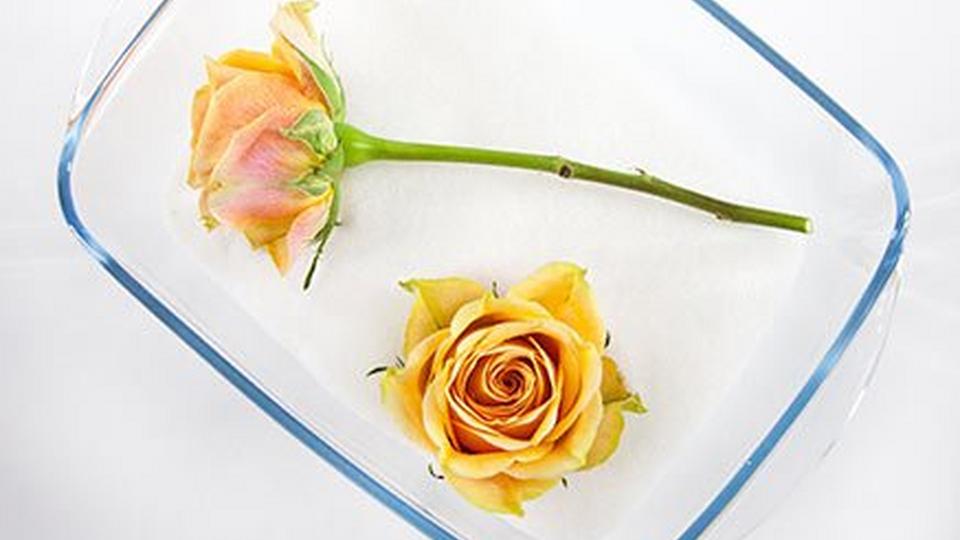
Step Three
.jpg?$poi-square$&fmt=auto&qlt=default&fmt.jp2.qlt=60&bg=rgb%28189%2C+210%2C+69%29&w=960&aspect=16%3A9)
Step Four
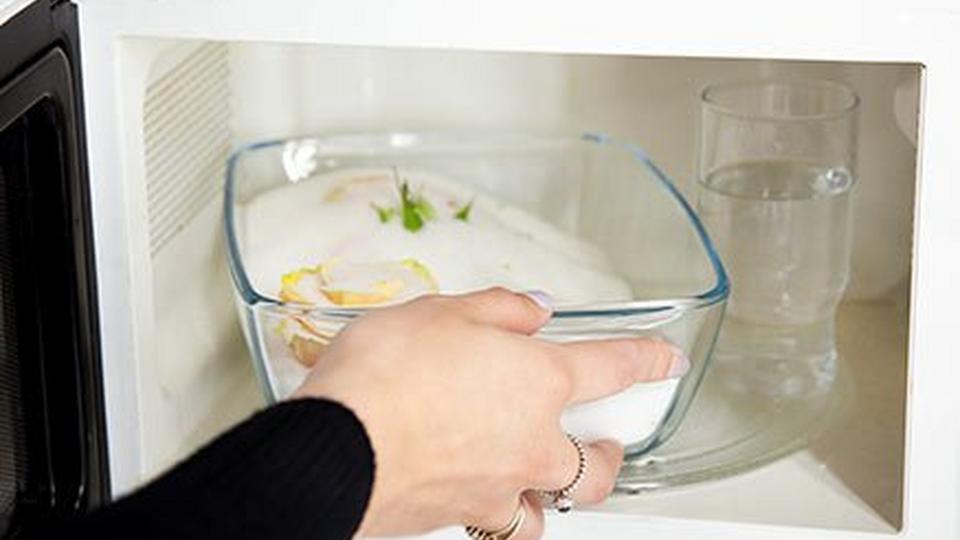
Step Five
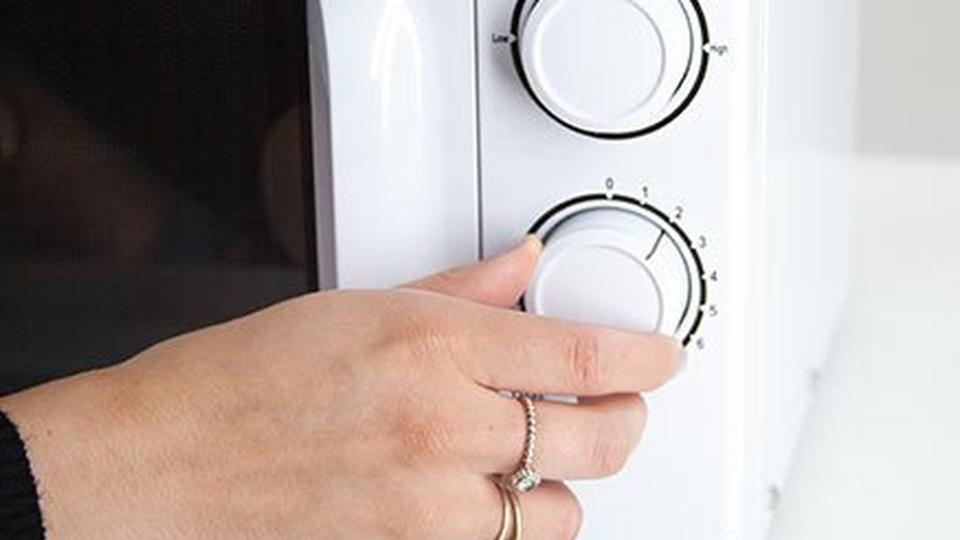
Step Six
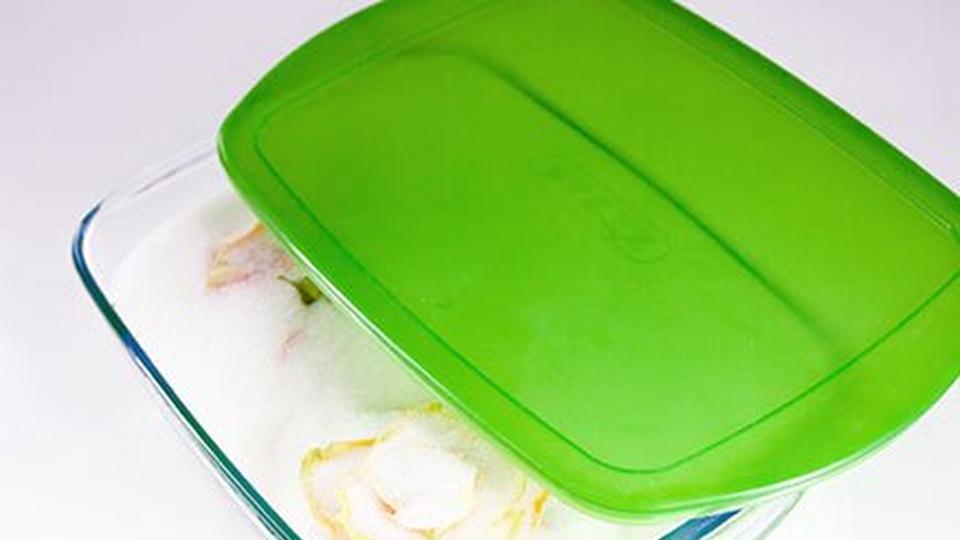
Step Seven
.jpg?$poi-square$&fmt=auto&qlt=default&fmt.jp2.qlt=60&bg=rgb%28189%2C+210%2C+69%29&w=960&aspect=16%3A9)
